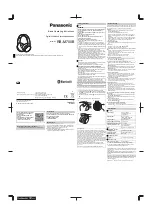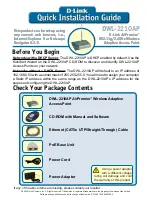
Time-sensitive applications often use UDP because dropping packets
is preferable to waiting for delayed packets, which may not be an option
in a real-time system.
udpxy
is a UDP-to-HTTP multicast traffic relay daemon: it forwards UDP traffic
from a given multicast subscription to the requesting HTTP client.
Universal Plug and Play
is a standard that uses Internet and Web protocols to enable devices
such as PCs, peripherals, intelligent appliances, and wireless devices
to be plugged into a network and automatically know about each other.
With UPnP, when a user plugs a device into the network, the device
will configure itself, acquire a TCP/IP address, and use a discovery
protocol based on the HTTP to announce its presence on the network
to other devices.
Virtual LAN
is a local area network with a definition that maps workstations on
some other basis than geographic location (for example, by
department, type of user, or primary application). The virtual LAN
controller can change or add workstations and manage loadbalancing
and bandwidth allocation more easily than with a physical picture of
the LAN.
Web Proxy Auto-Discovery
Protocol
is a method used by clients to locate the URL of a configuration file
using DHCP and/or DNS discovery methods. Once detection and
download of the configuration file is complete, it can be executed to
determine the proxy for a specified URL.
Wi-Fi Multimedia
previously known as Wireless Multimedia Extensions (WME), is a subset
of the 802.11e wireless LAN (WLAN) specification that enhances quality
of service (QoS) on a network by prioritizing data packets according to
four access categories (AC). Ranging from highest priority to lowest,
these categories are: voice (AC_VO), video (AC_VI), best effort (AC_BE),
and background (AC_BK).
WMM also features a Power Save certification that helps small devices
on a network conserve battery life. Power Save allows small devices,
such as phones and PDAs, to transmit data while in a low-power
"dozing" status. The certification gives software developers and
hardware manufacturers a way to fine-tune battery use in the
ever-increasing number of small devices that have Wi-Fi capabilities.
Wi-Fi Protected Access
and Wi-Fi Protected Access II (WPA2) are two security protocols and
security certification programs developed by the Wi-Fi Alliance to secure
wireless computer networks. The Alliance defined these in response
to serious weaknesses researchers had found in the previous system,
WEP. WPA advantages are enhanced data security and tightened access
control for wireless networks. Important characteristic is the
compatibility between multiple wireless devices at the hardware level
as well as at software level.
Wi-Fi Protected Setup
provides an industry-wide mechanism to set up and configure networks
for home and small office (SOHO) environments. Wi-Fi Protected Setup
enables typical users who possess little understanding of traditional
Wi-Fi configuration and security settings to easily configure new
wireless networks, to add new devices and to enable security.
Command Reference Guide — Keenetic Extra (KN-1710)
330
Glossary
Summary of Contents for EXTRA KN-1710
Page 2: ......
Page 6: ...Command Reference Guide Keenetic Extra KN 1710 6 Contents Overview...
Page 20: ...Command Reference Guide Keenetic Extra KN 1710 20 Chapter 1 Product Overview...
Page 26: ...Command Reference Guide Keenetic Extra KN 1710 26 Chapter 2 Introduction to the CLI...
Page 322: ...Command Reference Guide Keenetic Extra KN 1710 322 Chapter 3 Command Reference...
Page 332: ...Command Reference Guide Keenetic Extra KN 1710 332 Glossary...
Page 348: ...Command Reference Guide Keenetic Extra KN 1710 348 Appendix C SNMP MIB...
















































